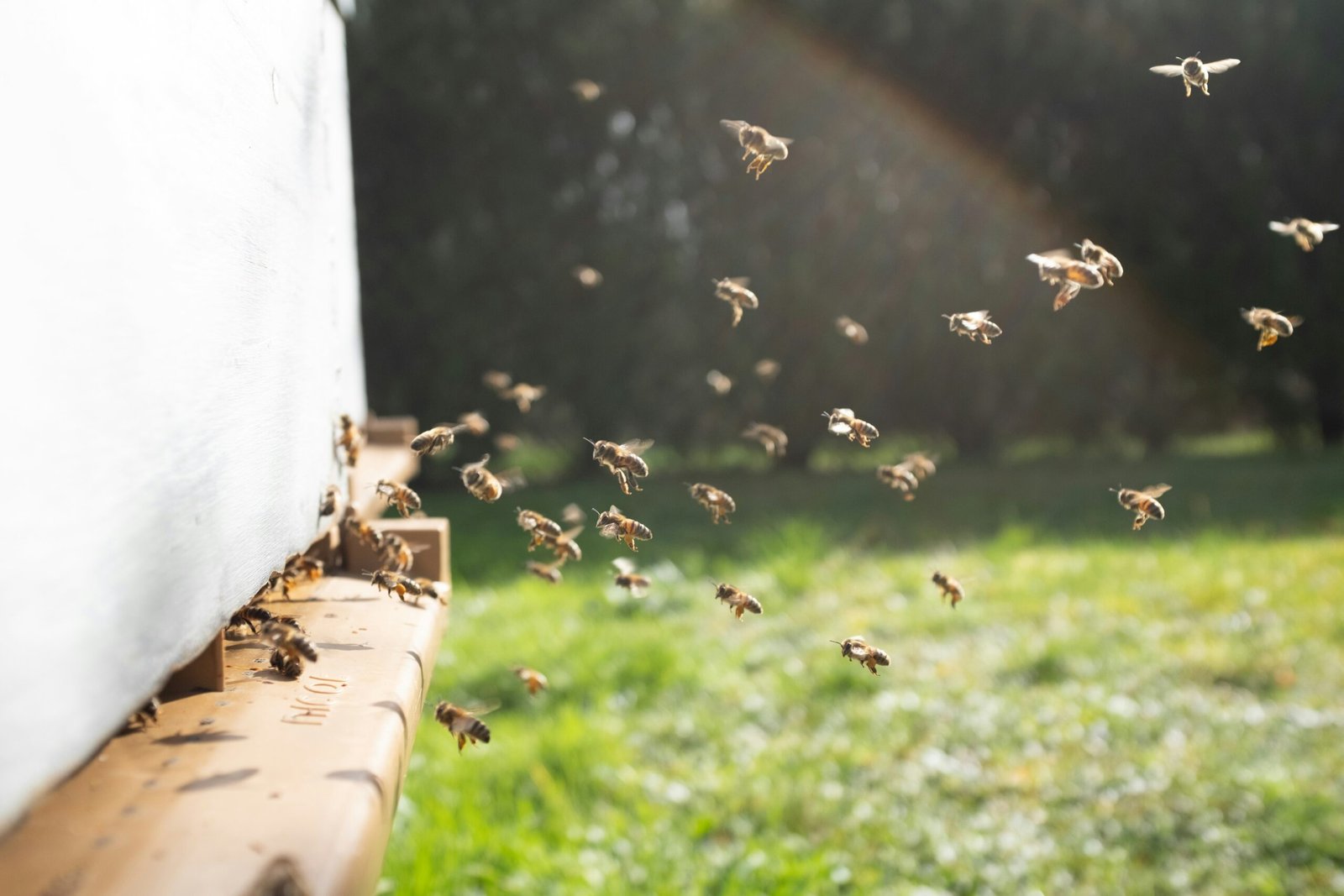Introduction
Keeping pests under control in and around the chicken coop is essential for the health and well-being of your feathered friends. While chemical pesticides may seem like an easy solution, they can be harmful to both the chickens and the environment. Fortunately, there are several natural methods of pest control that can effectively manage pests without the use of harmful chemicals. In this article, we will explore three natural pest control methods for the chicken run: beneficial plants, diatomaceous earth, and introducing predator species.
Beneficial Plants
One of the most effective ways to control pests in the chicken run is by planting certain types of beneficial plants. These plants not only provide natural pest control but also offer additional benefits such as shade, forage, and improved soil health. Here are a few examples of beneficial plants:
- Mint: Mint is known for its strong scent, which repels insects such as flies and mosquitoes. Planting mint around the chicken run can help keep these pests at bay.
- Lavender: Lavender not only adds a lovely fragrance but also repels flies, fleas, and moths. Its beautiful purple flowers can also attract beneficial pollinators.
- Nasturtium: Nasturtiums not only add a splash of color to the chicken run but also repel pests such as aphids, beetles, and squash bugs.
- Marigold: Marigolds are known for their ability to repel a wide range of pests, including mosquitoes, aphids, and nematodes.
By incorporating these beneficial plants into the chicken run, you can create a natural barrier against pests and enhance the overall environment for your chickens.
Diatomaceous Earth
Diatomaceous earth is a natural, powdery substance made from the fossilized remains of diatoms, a type of algae. It is highly effective in controlling pests such as mites, lice, fleas, and ticks. The microscopic sharp edges of diatomaceous earth particles damage the exoskeleton of pests, leading to dehydration and eventual death.
To use diatomaceous earth in the chicken run, simply sprinkle a thin layer in areas where pests are likely to hide or frequent, such as nesting boxes, perches, and dust bathing areas. It’s important to choose food-grade diatomaceous earth, as the industrial-grade version can be harmful to both humans and animals.
While diatomaceous earth is safe for chickens, it’s essential to avoid direct inhalation. Therefore, it’s recommended to apply the powder when the chickens are not present or to use a dust mask during application.
Introducing Predator Species
Another natural method of pest control in the chicken run is to introduce predator species that feed on common pests. By allowing certain types of birds or beneficial insects into the chicken run, you can create a natural balance and reduce the population of pests.
For example, certain bird species such as swallows, chickadees, and bluebirds are known to feed on insects such as flies, mosquitoes, and beetles. By providing birdhouses or nesting areas near the chicken run, you can attract these birds and encourage them to help control pests.
Beneficial insects such as ladybugs, lacewings, and praying mantises are also effective in controlling pests. These insects prey on common garden pests such as aphids, mites, and caterpillars. By planting flowers and herbs that attract these beneficial insects, you can create a welcoming environment for them in and around the chicken run.
Conclusion
Managing pests in the chicken run naturally is not only better for the environment but also promotes the health and well-being of your chickens. By incorporating beneficial plants, using diatomaceous earth, and introducing predator species, you can effectively control pests without the use of harmful chemicals. Remember to choose plants that are safe for chickens, opt for food-grade diatomaceous earth, and provide suitable habitats for predator species. With these natural pest control methods, you can create a harmonious and pest-free environment for your feathered friends.





